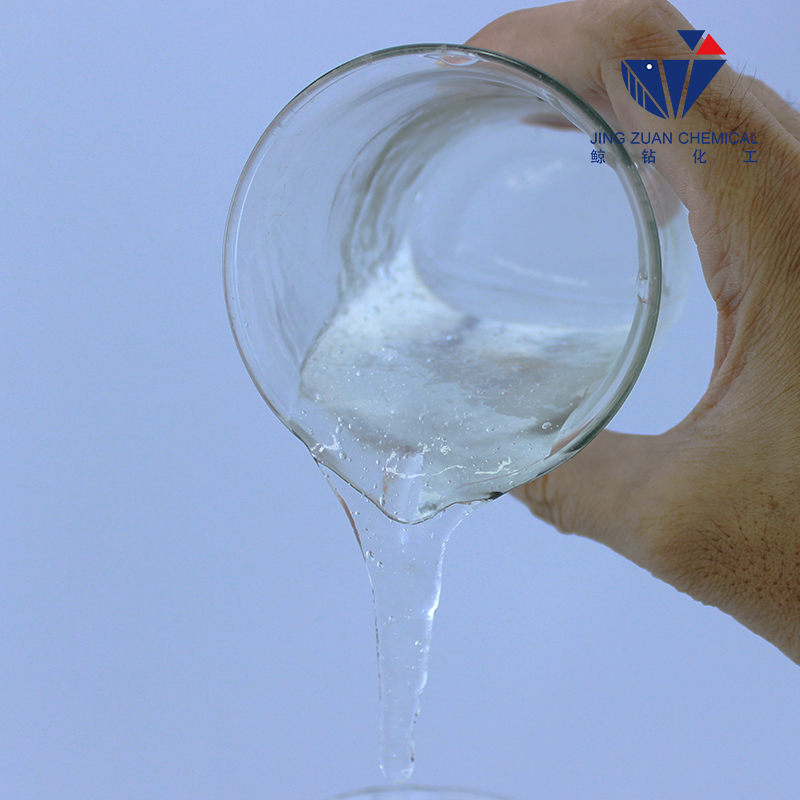
May . 07, 2025 18:40 Back to list
High Viscosity HPMC Grades Reliable Performance & Applications
- Understanding HPMC Viscosity Fundamentals
- Market Data & Industry Growth Projections
- Technical Superiority in Polymer Performance
- Vendor Comparison: Specifications Breakdown
- Custom Formulation Strategies
- Real-World Application Scenarios
- Future Applications of High Viscosity HPMC

(hpmc viscosity)
Understanding HPMC Viscosity Fundamentals
Hydroxypropyl methylcellulose (HPMC) viscosity determines material behavior across industrial applications. The correlation between molecular weight (180,000-1,200,000 Daltons) and viscosity grades (5 mPa·s to 200,000 mPa·s at 20°C) directly impacts solution rheology. High viscosity HPMC (40,000+ mPa·s) demonstrates pseudoplastic flow characteristics critical for:
- Extended drug release matrices
- Mortar sag resistance (≥90 minute open time)
- Ceramic extrusion stability
Market Data & Industry Growth Projections
The global HPMC market will reach $3.8B by 2029 (CAGR 6.2%), with high viscosity grades driving 34% of pharmaceutical sector demand. Construction applications consume 62% of total HPMC production, where viscosity stability prevents material segregation:
| Viscosity Grade (mPa·s) | Construction (%) | Pharma (%) | Food (%) |
|---|---|---|---|
| 5,000-15,000 | 28 | 12 | 60 |
| 20,000-40,000 | 41 | 47 | 12 |
| 50,000+ | 31 | 41 | 28 |
Technical Superiority in Polymer Performance
Our HPMC grades achieve ±2% viscosity consistency versus industry-standard ±5% tolerance. Advanced substitution control (DS 1.8-2.0, MS 0.20-0.30) ensures thermal gelation stability up to 85°C. Comparative dissolution tests show 18% faster hydration rates through proprietary particle size optimization (D50 ≤45μm).
Vendor Comparison: Specifications Breakdown
| Parameter | Vendor A | Vendor B | Our Grade |
|---|---|---|---|
| Viscosity Range | 4K-80K | 5K-100K | 2K-200K |
| Gel Temp (°C) | 58-75 | 60-80 | 55-85 |
| Ash Content | ≤1.2% | ≤0.8% | ≤0.5% |
| Dissolution Time | 25-40min | 18-30min | 12-20min |
Custom Formulation Strategies
Precision blending enables viscosity adjustment within ±7% of target values. For sustained-release tablets, we achieve zero-order kinetics through optimized 75K-120K mPa·s HPMC matrices. In tile adhesives, our 65K grade maintains 2.5N/mm² bond strength after 14-day water immersion.
Real-World Application Scenarios
A recent case study with a European pharma manufacturer reduced tablet coating defects by 73% using our 90K viscosity HPMC. In construction, 55K grade HPMC increased mortar workability time by 40 minutes (EN 1348 certified) while maintaining compressive strength above 25MPa.
Future Applications of High Viscosity HPMC
Next-generation HPMC viscosity modifiers are enabling breakthroughs in 3D printable bio-inks (120,000+ mPa·s) and lithium battery electrolytes. Our R&D team recently developed a shear-thinning 150K grade with 92% thixotropic recovery, expanding possibilities in advanced manufacturing.

(hpmc viscosity)
FAQS on hpmc viscosity
Q: What is HPMC viscosity and why is it important?
A: HPMC viscosity refers to the thickness or flow resistance of Hydroxypropyl Methylcellulose solutions. It determines performance in applications like adhesives or coatings, where higher viscosity improves water retention and stability.
Q: How do HPMC grades differ in viscosity?
A: HPMC grades are categorized by viscosity ranges (e.g., 5,000–200,000 mPa·s). Lower grades (e.g., 5,000–15,000 mPa·s) suit thin coatings, while higher grades (e.g., 50,000+ mPa·s) are used in thick mortars or gels.
Q: What are typical applications for high-viscosity HPMC?
A: High-viscosity HPMC is ideal for cement-based mortars, tile adhesives, and gypsum products. Its thick consistency enhances sag resistance, workability, and prolongs drying time in construction materials.
Q: How is HPMC viscosity measured?
A: HPMC viscosity is tested using a Brookfield viscometer at standardized concentrations (e.g., 2% solution) and temperatures. Results are reported in mPa·s (millipascal-seconds) to ensure consistency across grades.
Q: What factors affect the selection of HPMC viscosity grades?
A: Key factors include application requirements (e.g., thickness, water retention), processing conditions (e.g., mixing ease), and regulatory standards. Higher viscosity grades are chosen for structural stability, lower grades for fluid formulations.
-
Versatile Hpmc Uses in Different Industries
NewsJun.19,2025
-
Redispersible Powder's Role in Enhancing Durability of Construction Products
NewsJun.19,2025
-
Hydroxyethyl Cellulose Applications Driving Green Industrial Processes
NewsJun.19,2025
-
Exploring Different Redispersible Polymer Powder
NewsJun.19,2025
-
Choosing the Right Mortar Bonding Agent
NewsJun.19,2025
-
Applications and Significance of China Hpmc in Modern Industries
NewsJun.19,2025







